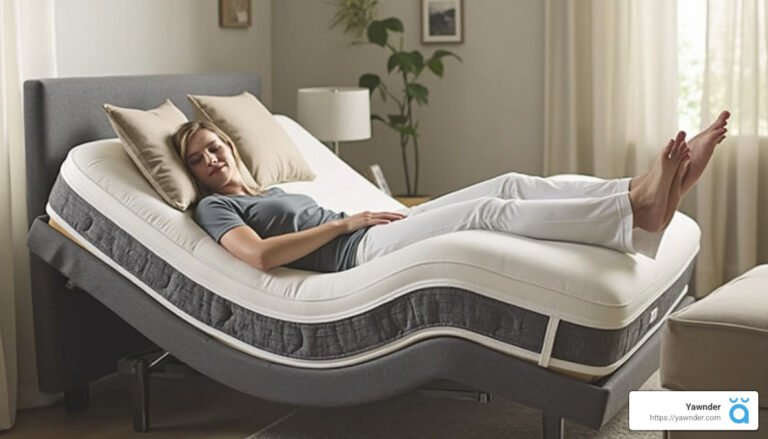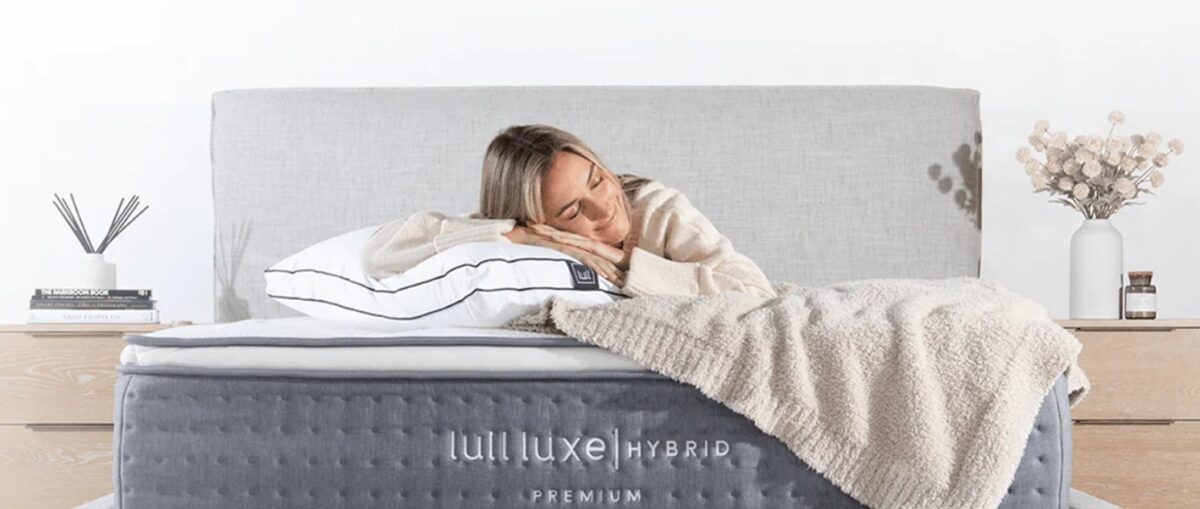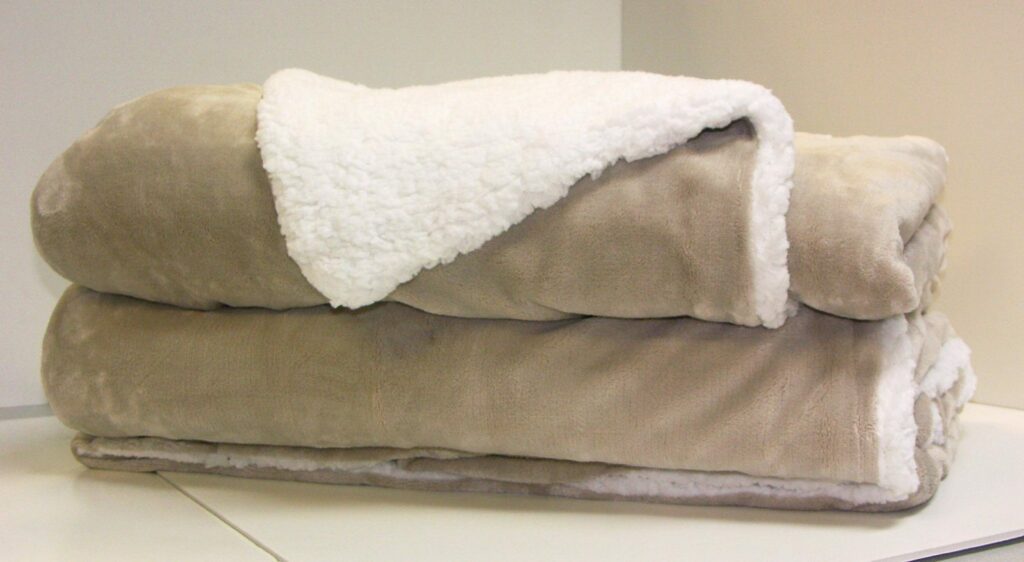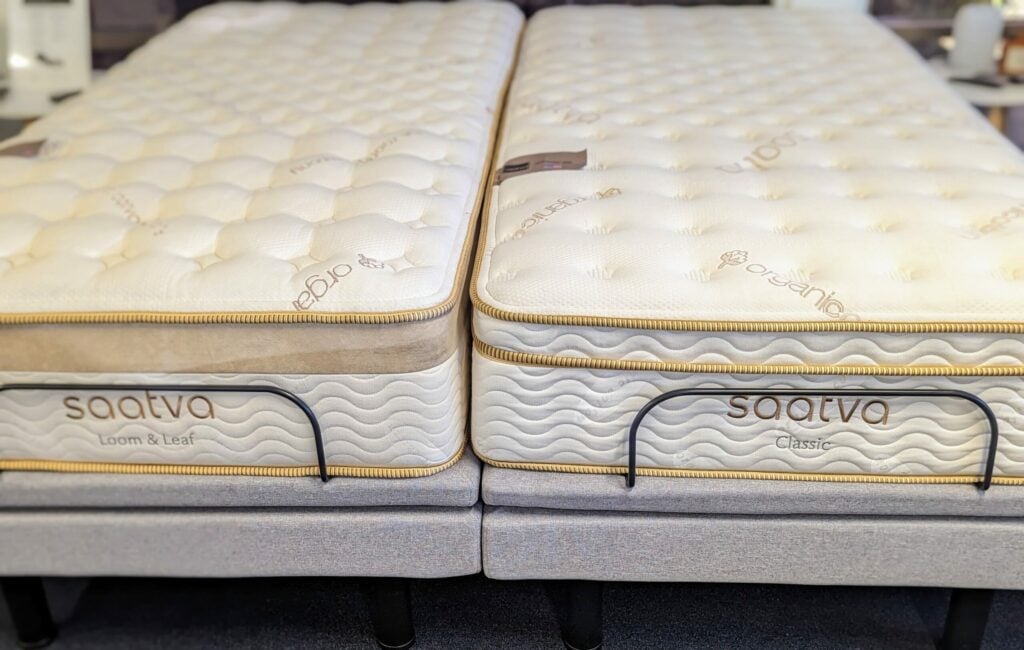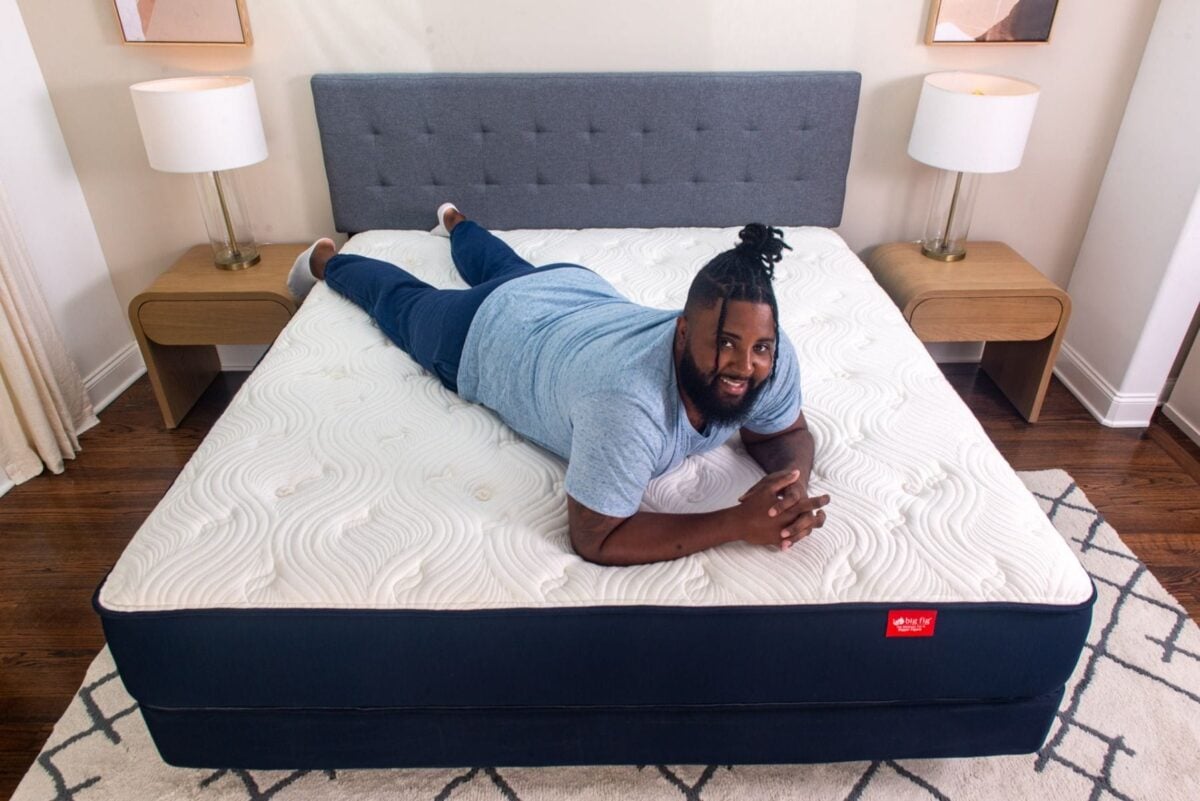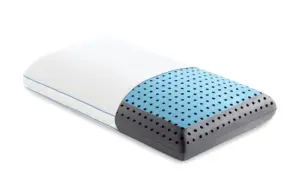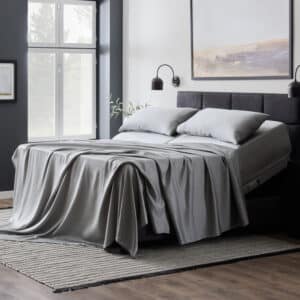Are Adjustable Beds Good for Lower Back Pain Relief?
Adjustable beds have recently gained attention as a potential solution for alleviating lower back pain, and it’s easy to see why. With their ability to modify sleeping positions, they can provide a level of comfort and spinal alignment that flat beds often can’t match. In this article, we’ll explore how adjustable beds contribute to lower back pain relief, the various underlying causes of this common ailment, and the optimal ways to utilize these beds for maximum benefit.
Understanding Lower Back Pain
Lower back pain isn’t just a minor inconvenience; it’s a widespread issue affecting millions of people worldwide. It can disrupt sleep patterns and hinder daily tasks, leading to frustration and fatigue. To address this effectively, a deeper understanding of its causes is essential.
Causes of Lower Back Pain
There are various factors that can lead to lower back pain:
– Mechanical Problems: Conditions like disc degeneration or herniation can inflict considerable discomfort. Discs serve as shock absorbers between vertebrae and can deteriorate over time, prompting pain.
– Injuries: Accidents—such as slips, falls, or car accidents—may sprain or fracture the spine, prolonging discomfort for afflicted individuals.
– Diseases: Conditions such as scoliosis or spinal stenosis—the narrowing of the spinal column—can also contribute to chronic pain. Even non-spinal conditions, like kidney stones, can trigger lower back discomfort.
The Posture Connection
Poor posture is a silent yet powerful contributor to lower back pain. Whether it’s slouching at a desk or lifting items incorrectly, bad posture can put a strain on the back over time. To counteract this, it’s crucial to pay attention to your body mechanics. Adopting an ergonomic chair, incorporating standing breaks, and practicing good posture can have a profound impact on your back health.
Targeted Relief through Adjustable Beds
So, how do adjustable beds fit into this conversation? Their design allows individuals to find personalized settings that alleviate pressure on susceptible areas of the spine.
Are Adjustable Beds Effective for Lower Back Pain?
Adjustable beds offer the flexibility to customize sleeping positions, which can lead to notable pain relief. Here’s how:
– Reclined Position Benefits: Sleeping in a reclined position redistributes body weight, alleviating pressure on the spine. This is particularly advantageous for those suffering from conditions like osteoarthritis or spinal stenosis, which can achieve relief thanks to reduced joint compression.
– Spinal Support: An adjustable bed allows users to tailor their position for optimal spine alignment. Elevating either the head or feet can dramatically reduce strain on the lower back, proving effective for individuals grappling with conditions such as spondylolisthesis, where elevating the knees can alleviate stress.
– Personal Comfort: Everyone’s body is different, and what provides comfort for one person may not work for another. Testing various settings to determine the most suited adjustment is essential.
Key Benefits of Adjustable Beds for Lower Back Pain
Adjustable beds come with several advantages that can significantly impact lower back pain management:
– Joint Pain Relief: By elevating the head and feet, adjustable beds diminish pressure on the joints, making them particularly advantageous for individuals suffering from osteoarthritis or related conditions.
– Enhanced Circulation: Elevating the legs can promote better blood flow, which is essential for reducing swelling and muscle fatigue. Improved circulation also aids in healing and fosters muscle relaxation.
– Breathing Improvements: Raising the head of the bed can open airways, helping with snoring and sleep apnea—a boon for those with respiratory difficulties. Enhanced breathing leads to better sleep quality and overall well-being.
Optimal Usage for Maximum Relief
To reap the full benefits of adjustable beds, here are three recommended positions:
– Zero Gravity Position: This position mirrors the neutral posture of astronauts, allowing the head and legs to be elevated to create a “V” shape. It disperses weight evenly, reducing pressure on the lower back.
– Leg Elevation: Keeping your legs elevated above heart level while maintaining a flat or slightly inclined upper body helps alleviate pressure and improves circulation, especially beneficial for those with sciatica.
– Contour Position: This configuration supports the spine’s natural curve by slightly elevating both the head and feet, enhancing spinal alignment.
Considerations Before Buying an Adjustable Bed
Before investing in an adjustable bed, consider the following aspects:
– Features: Look for models that offer user-friendly remote controls, massage functions for relaxation, and split designs for couples with differing preferences.
– Budget: Adjustable beds can be costly, with prices ranging widely. Evaluate essential features versus luxuries, and look for sales, financing options, or potential insurance coverage.
– Personal Needs: Gauge how specific health issues might affect your choice. Different sleeping positions necessitate different mattress types, and a trial period allows you to ensure comfort before committing.
Frequently Asked Questions
Do doctors recommend adjustable beds for back pain?
Many healthcare providers endorse adjustable beds, especially when pain diminishes with a reclined position. Always consult your healthcare professional for personalized advice.
What is the best position in an adjustable bed for lower back pain?
The zero gravity position is frequently touted for alleviating lower back pain, but experimenting with various settings can yield the most comfortable outcome.
Why does my adjustable bed hurt my back?
Discomfort may stem from improper adjustments or insufficient mattress support. Review your settings and consult a professional if pain persists.
Conclusion
In summary, adjustable beds can be a powerful ally in alleviating lower back pain when used correctly. They offer customizable support that can enhance sleep quality and overall spinal health. While results may vary from person to person, the ability to personalize your sleeping position is invaluable for pain management. Before making a purchase, assess your specific needs and consult with healthcare professionals to ensure an adjustable bed is right for you. With the right choice, you’ll be on your way to enjoying restful nights and pain-free days.

